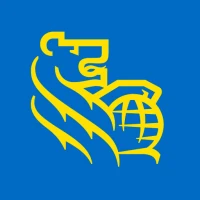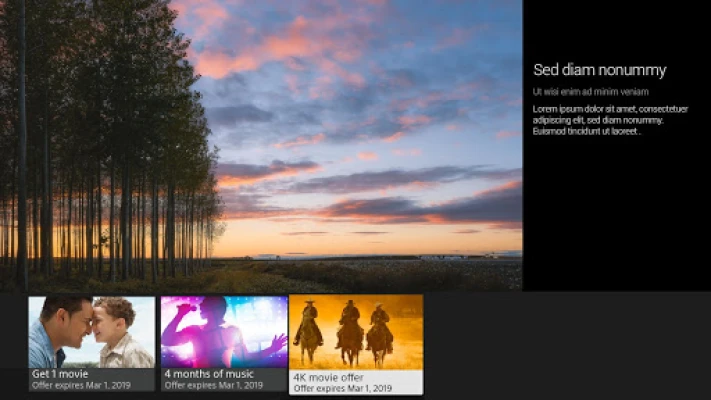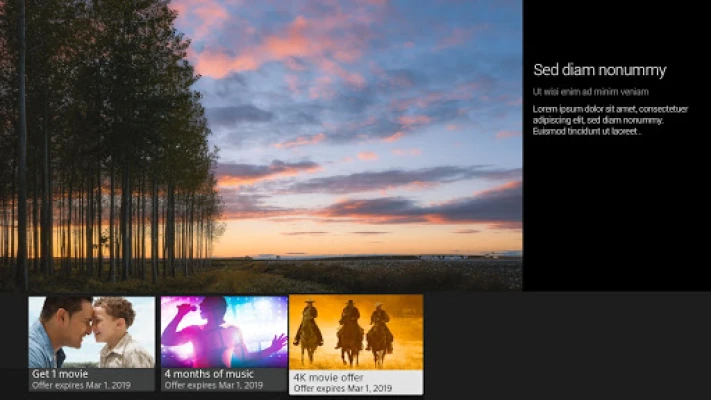
Latest Version
4.6.15
August 19, 2025
Sony Corporation
Entertainment
Android
0
Free
com.sony.dtv.promos
Report a Problem
More About My BRAVIA
Understanding Supported Countries: A Comprehensive Guide
In today's globalized world, the availability of services and products often varies by region. This article aims to clarify the concept of supported countries and provide insights into how to check if your region is included. Whether you're looking to access a specific service or product, understanding the limitations based on geographical location is crucial.
What Are Supported Countries?
Supported countries refer to the nations where a particular service, product, or platform is available for use. These limitations can arise from various factors, including legal regulations, market demand, and logistical considerations. Companies often tailor their offerings to specific regions to ensure compliance and optimize user experience.
Why Are Some Countries Not Supported?
There are several reasons why certain countries may not be supported:
- Legal Restrictions: Different countries have varying laws regarding data privacy, financial transactions, and digital content. Companies must navigate these regulations to operate legally.
- Market Demand: Businesses often prioritize regions with higher demand for their services. If a market is deemed too small or unprofitable, it may not be included in the supported list.
- Logistical Challenges: Shipping, customer support, and service delivery can be complicated in certain areas, leading companies to limit their reach.
How to Check if Your Region is Supported
To determine if your country is supported, follow these steps:
- Visit the Official Website: Most companies provide a list of supported countries on their official websites. Look for sections like "Availability" or "Supported Regions."
- Contact Customer Support: If the information is not readily available, reaching out to customer support can provide clarity. They can confirm whether your region is included.
- Check User Forums: Online communities and forums can be valuable resources. Users often share their experiences regarding service availability in different regions.
Implications of Limited Support
Limited support can have several implications for users:
- Access to Services: Users in unsupported countries may miss out on valuable services, features, or products that could enhance their experience.
- Workarounds and Alternatives: Users often seek alternative solutions or workarounds, such as using VPNs or proxy servers, to access restricted content. However, these methods can come with risks, including security vulnerabilities.
- Impact on Business: For businesses, limited support can hinder growth opportunities in emerging markets. Companies may need to reassess their strategies to expand their reach.
Future Trends in Supported Countries
As globalization continues to evolve, the landscape of supported countries is likely to change. Here are some trends to watch:
- Increased Globalization: Companies may expand their services to more countries as they adapt to changing regulations and market demands.
- Technological Advancements: Innovations in technology can facilitate easier compliance with local laws, making it simpler for companies to enter new markets.
- Focus on Emerging Markets: Businesses may increasingly target emerging markets, recognizing the potential for growth in regions previously overlooked.
Conclusion
Understanding supported countries is essential for anyone looking to access specific services or products. By being aware of the limitations and knowing how to check your region's status, you can navigate the complexities of global service availability. As the landscape continues to evolve, staying informed will empower you to make the most of the opportunities available in your region.
Rate the App
User Reviews
Popular Apps










Editor's Choice





























